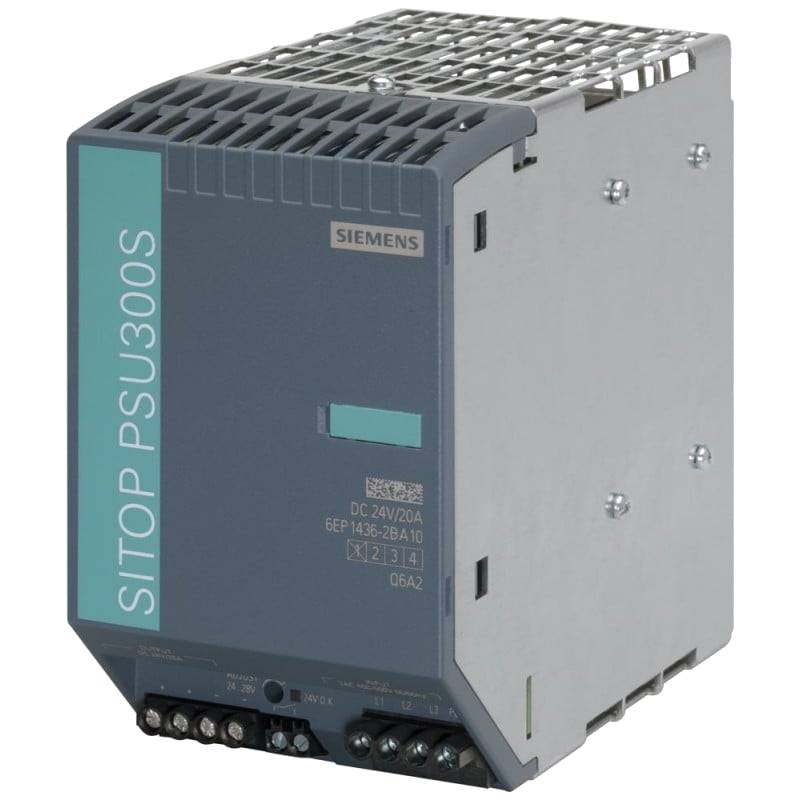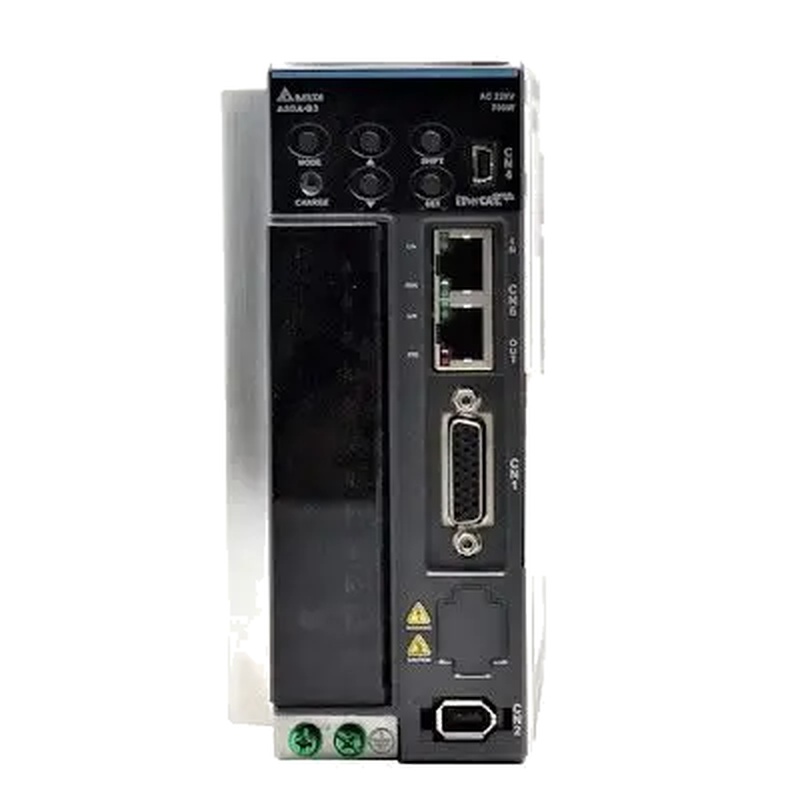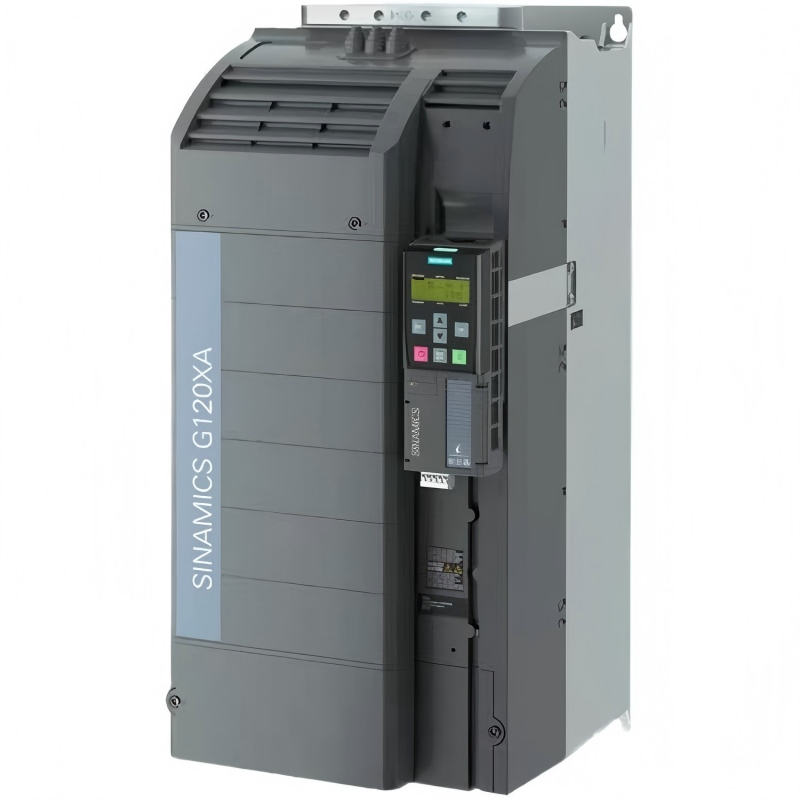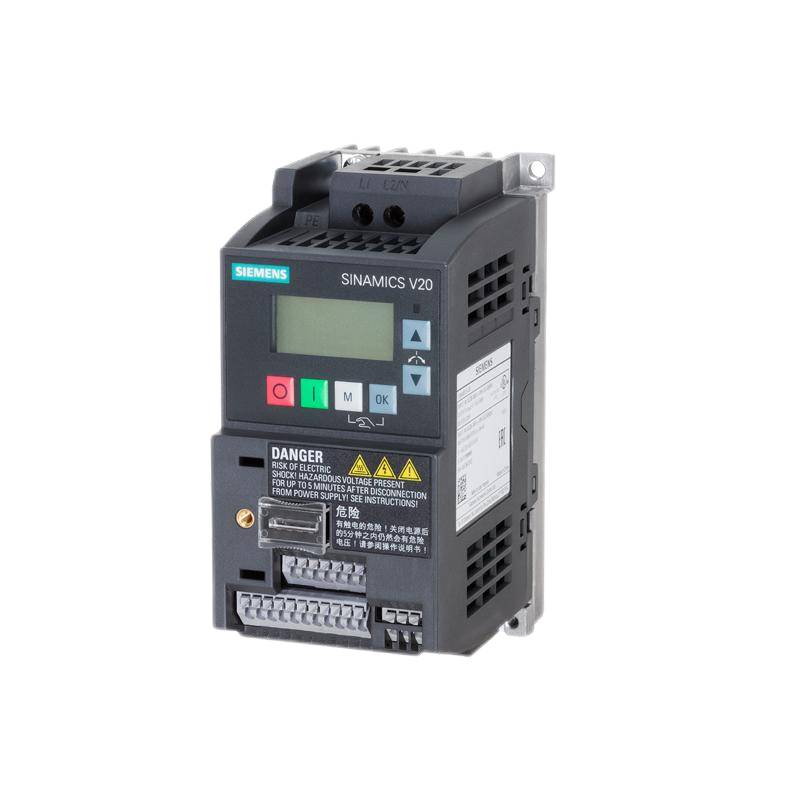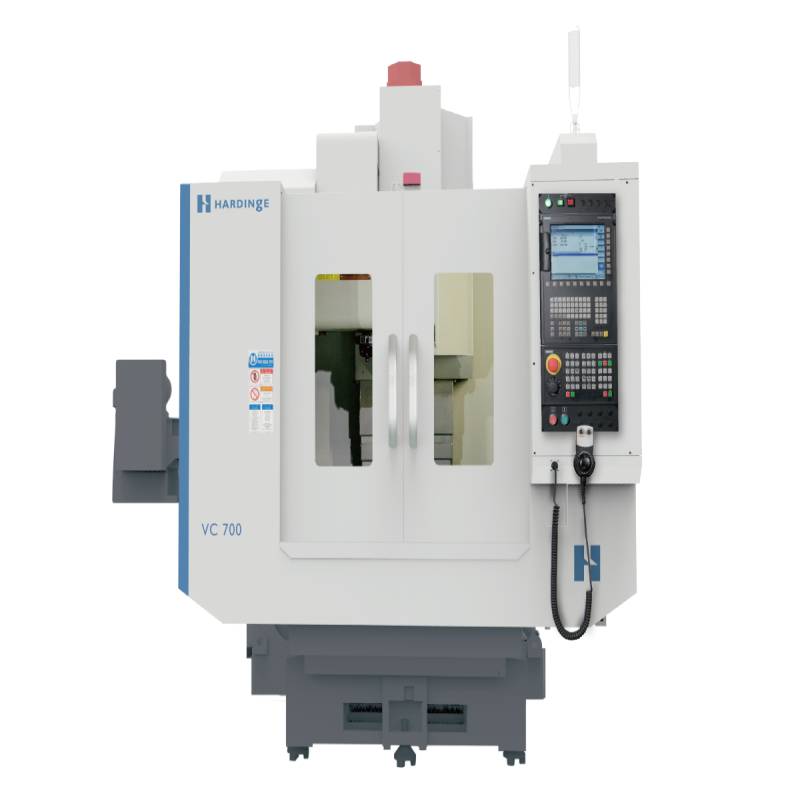
The Siemens 5SU9356-1CN06 is an economical Residual Current Circuit Breaker with Overcurrent protection (RCBO) designed for robust electrical safety and reliable circuit management. This 1-pole + neutral device features a 6A rated current, a 30mA residual current sensitivity for personal protection, and a Type C tripping characteristic, making it ideal for applications with moderate inrush currents. Its compact design and high breaking capacity ensure efficient and safe operation in various industrial and commercial settings, offering a cost-effective solution without compromising on Siemens' renowned quality and performance.
Product Specifications
| Feature | Specification |
| :---------------------------- | :-------------------------- |
| Product Type | RCBO (Residual Current Circuit Breaker with Overcurrent protection) |
| Manufacturer | Siemens |
| Model Number | 5SU9356-1CN06 |
| Rated Current (In) | 6A |
| Residual Current Rating (IΔn)| 30mA |
| Number of Poles | 1P + N (1 Pole + Neutral) |
| Tripping Characteristic | Type C |
| Rated Voltage (Un) | 230/400V AC |
| Rated Breaking Capacity (Icn) | 6kA |
| Frequency | 50/60 Hz |
| Operating Temperature | -25 to +45 °C |
| Protection Class | IP20 |
Core Features & Market Positioning
The Siemens 5SU9356-1CN06 RCBO stands out in the market for its exceptional value proposition, combining essential overcurrent and earth leakage protection in a single, space-saving unit. Its Type C tripping curve offers superior protection against nuisance tripping caused by inductive loads, common in motor control circuits and lighting systems, differentiating it from standard Type B devices. This RCBO is positioned as an economical yet highly reliable solution for contractors and facility managers seeking to meet stringent safety standards and ensure operational continuity. Siemens' established reputation for quality and durability further solidifies its market appeal, making it a trusted choice for critical infrastructure.
Key Application Scenarios
This Siemens 5SU9356-1CN06 RCBO is extensively utilized in commercial and industrial electrical installations where both overcurrent and residual current protection are mandated by safety regulations. It is particularly well-suited for protecting circuits feeding lighting systems, power outlets, small motors, and control equipment that exhibit moderate inductive loads, benefiting from its Type C characteristic. Typical environments include office buildings, retail spaces, workshops, and manufacturing facilities, safeguarding personnel from electric shock and preventing equipment damage due to short circuits or overloads.
Practical System Integration Guidance
Integrating the Siemens 5SU9356-1CN06 RCBO into existing electrical panels is straightforward due to its standard DIN rail mounting and compact 2-module width. For installation, ensure the main power supply is de-energized. Connect the line conductor to the designated "L" terminal and the neutral conductor to the "N" terminal. The outgoing load conductors are then connected to the corresponding output terminals. Proper grounding of the circuit being protected must be maintained. Commissioning involves a simple test button depression to verify the residual current detection mechanism functions correctly, a crucial step for ensuring safety compliance.
Operation and Risk Mitigation
The 5SU9356-1CN06 RCBO provides dual protection: it trips instantly upon detecting overcurrents (overloads and short circuits) via its thermal-magnetic mechanism and also trips when an imbalance between the live and neutral conductors exceeds 30mA, indicating a potential leakage current path to earth. This rapid disconnection minimizes the risk of electric shock and fire hazards. In the event of a fault, the RCBO's switch lever will move to the "OFF" position. To reset, ensure the fault condition is rectified, then move the lever to the "ON" position. Repeated tripping without an apparent fault may indicate a persistent leakage issue or an incorrectly sized device.
Scalability & Long-Term Value
While the Siemens 5SU9356-1CN06 is designed for specific circuit protection needs, its integration within the broader Siemens SENTRON system offers inherent value. It is compatible with other modular devices within the SENTRON line, allowing for flexible panel configurations. Although this specific model is an economical offering, it leverages Siemens' commitment to quality, ensuring longevity and reliable performance over its service life. For systems requiring advanced monitoring or communication capabilities, Siemens offers higher-tier RCBOs and intelligent devices that can integrate into digital industrial solutions for enhanced diagnostics and predictive maintenance.
FAQs
What is the primary function of a Siemens 5SU9356-1CN06 RCBO?
The Siemens 5SU9356-1CN06 RCBO provides combined overcurrent and residual current protection for electrical circuits. It safeguards against dangerous electric shocks, fires caused by overloads, and short circuits.
It ensures personnel safety by quickly detecting leakage currents to earth, tripping the circuit to prevent harm. This dual protection is vital for compliance with modern electrical safety standards.
This device also protects equipment by interrupting power during overcurrent events, thereby preventing damage to appliances and wiring.
What does the 'C' in the tripping characteristic 'Type C' signify for this RCBO?
The 'C' in Type C indicates the RCBO's response to inrush currents. It is designed to tolerate higher transient currents than a Type B device.
This makes it suitable for circuits with moderate inductive or capacitive loads, such as lighting or small motor applications, without causing nuisance tripping.
The Type C characteristic balances sensitivity to faults with tolerance for normal operational current surges.
How does the 30mA residual current sensitivity benefit electrical safety?
A 30mA residual current rating is considered the threshold for direct contact protection against electric shock. It means the RCBO will trip if it detects a leakage current of 30 milliamperes or more.
This rapid tripping significantly reduces the risk of severe injury or fatality from accidental contact with live conductors. It is a critical safety feature for personnel protection.
This sensitivity is crucial in environments where the risk of electric shock is higher, such as areas with increased moisture or exposed conductive parts.
Can the Siemens 5SU9356-1CN06 be used for single-phase and three-phase applications?
This specific model, the 5SU9356-1CN06, is a 1-pole + Neutral (1P+N) device. It is designed for single-phase AC circuits only.
For three-phase applications, you would require a different configuration of RCBOs or a combination of individual circuit breakers and residual current devices.
Ensure you select the appropriate number of poles and neutral configuration based on your specific electrical system's requirements.
What is the breaking capacity (6kA) of this RCBO and why is it important?
The 6kA breaking capacity refers to the maximum fault current the RCBO can safely interrupt without sustaining damage. It is a critical safety parameter.
A higher breaking capacity ensures the device can reliably disconnect the circuit during a severe short circuit fault, preventing further damage or fire.
It is essential to match the breaking capacity of protective devices to the prospective fault current levels at the installation point to ensure adequate protection.
What type of loads are best suited for an RCBO with a Type C tripping characteristic like the 5SU9356-1CN06?
Type C characteristics are ideal for loads that have moderate inrush currents when they are switched on. This commonly includes lighting circuits.
It is also well-suited for circuits powering small motors, transformers, and solenoid coils, which can draw higher currents momentarily upon activation.
By tolerating these brief surges, Type C RCBOs prevent unnecessary tripping, ensuring operational continuity for such equipment.
How do I test the functionality of the Siemens 5SU9356-1CN06 RCBO after installation?
After correct wiring, press the test button located on the front of the RCBO. This should immediately trip the device to the OFF position.
If it trips, the residual current detection function is working correctly. To reset, move the lever to the ON position.
Regular testing, as per local electrical codes and manufacturer recommendations, is crucial to ensure the ongoing effectiveness of the safety protection.
What are the dimensions and mounting requirements for this RCBO?
The Siemens 5SU9356-1CN06 is a modular device designed for standard DIN rail (35mm) mounting within electrical distribution boards or enclosures. It typically occupies two standard modular widths (units).
Its compact design allows for efficient use of space within the enclosure, facilitating easier installation and wiring.
Ensure the enclosure has adequate space and is suitable for the operating temperature range specified for the device.
Does this RCBO offer protection against overvoltage?
No, the Siemens 5SU9356-1CN06 primarily offers protection against overcurrents (overloads and short circuits) and residual currents (earth leakage). It does not provide protection against overvoltage surges.
For overvoltage protection, separate surge protective devices (SPDs) must be installed in the electrical system. These are designed to divert excess voltage safely to earth.
Consult with an electrical professional to determine the appropriate SPD requirements for your installation.
What is the typical lifespan or expected service life of a Siemens 5SU9356-1CN06 RCBO?
Siemens products, including the 5SU9356-1CN06, are manufactured to high-quality standards and are designed for a long service life under normal operating conditions. The exact lifespan can vary based on factors like environmental conditions, the number of fault operations, and ambient temperature.
While specific lifespans aren't usually published, these devices are engineered for durability and reliability over many years of operation, often exceeding 10-15 years if correctly installed and maintained.
Regular visual inspections and functional testing (using the test button) are recommended to ensure continued operational integrity.
















